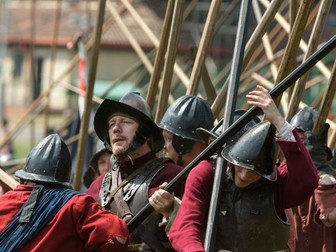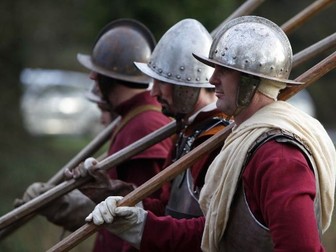Oliver Cromwell: overview of the English Civil War and Revolution
<p>This lesson provides KS3 students with and overview of the English Civil War and Revolution through the story of Oliver Cromwell’s head! This works perfectly as an introductory lesson or an end of topic consolidation lesson.</p>
<p>As with all Citizen_Teach resources, the lesson is accessible to all learners in this age range (Key Stage 3, ages 11-14).</p>
<p>Resources:<br />
x1 PowerPoint<br />
x1 PDF worksheet<br />
x1 YouTube link in the notes section of slide 3</p>
<p>Learning Aims:</p>
<ul>
<li>Connect key terminology to Cromwell’s head.</li>
<li>Analyse the chronology (big picture) of the English Civil War and Revolution.</li>
<li>Make a link between the Reformation and the English Civil War.</li>
</ul>
<p>Second Order Concepts: chronology, cause and consequence</p>
<p>Overview:<br />
Slide 1: key terminology check and opportunities for further formative assessment.<br />
Slide 2: overview of Scheme of Work (if using).<br />
Slide 3: introduction to Oliver Cromwell (teacher-talk).<br />
Slide 4: timeline activity. Instructions are clear, enabling the teacher to help individual students and formatively assess using preferred strategies.<br />
Slide 5: higher-level thinking question.</p>


